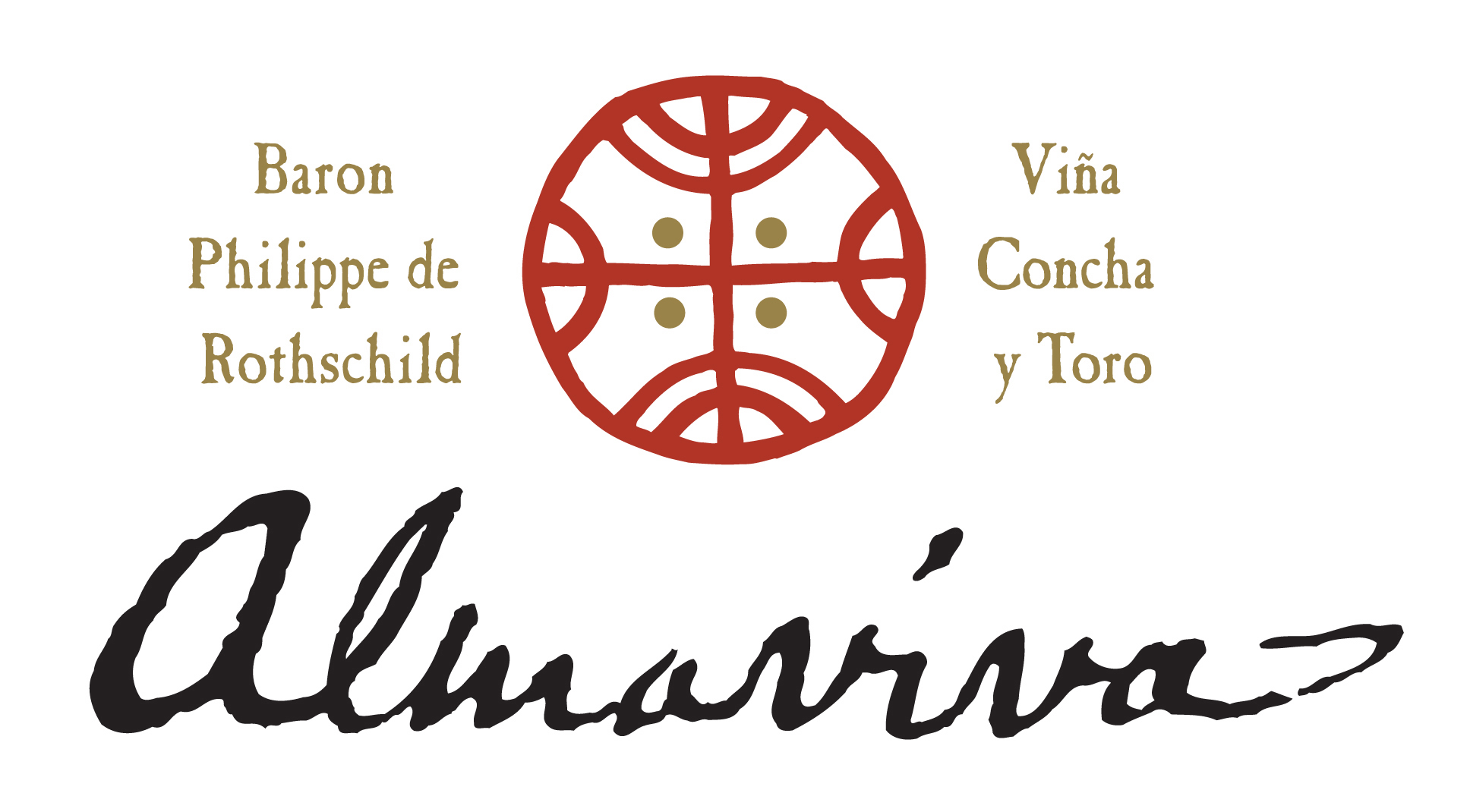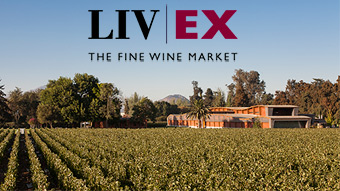Almaviva was the top Chilean wine in the latest Liv-ex global classification, published in July, where it ranked among the ‘second growths’ of the world. Its most recent wine, the 2015 was scored 100 points by James Suckling and was released last year onto the global market via La Place de Bordeaux. We caught up with Commercial Director Francisco Zilleruelo to find out a bit more about Almaviva and the estate’s future plans.
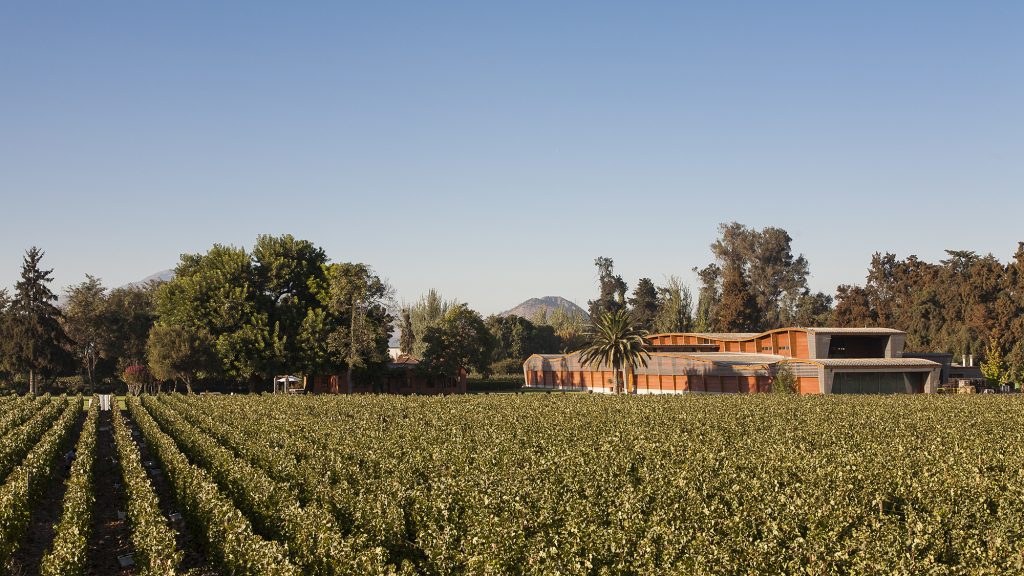
You were the first Chilean producer to distribute via La Place de Bordeaux. What was the reason for this decision? What are the advantages of La Place?
La Place de Bordeaux has historically distributed the best high-end wines of France. Nowadays it also works with wines from other parts of the world such as Almaviva. Almaviva is owned in equal parts by Concha y Toro and Baron Philippe de Rothschild, and due to the latter partner we were able to access this exclusive distribution network twenty years ago.
By working with the negociants, we can be sure that our wines will be in the hands of distributors who have a great deal of knowledge in the marketing of fine wines, and who have access to very exclusive clientele all over the world accustomed to buying high-end wines.
The open market distribution system allows them to be very flexible. If one market is struggling, they can easily offer the wine to others. This makes it more flexible than the traditional model of one exclusive importer per country, which is generally more rigid.
What are your key strategies for promoting Almaviva around the world? What are the greatest challenges?
Almaviva is constantly participating in the most well-known and exclusive fine wines tastings, fairs, and events worldwide. At the same time, we try to get close to the trade, sommeliers and final consumers through different events that we organise in our key markets, all at very high standards.
I believe Almaviva stands out for many reasons, beginning with the partners behind this unique project, Baron Philippe de Rothschild and Concha y Toro: two great organisations with long winemaking histories, traditions and great reputations. It is also recognised for its quality, elegance and aging potential, just to mention a few key aspects.
How do you price your wines?
Almaviva’s price has increased moderately, almost every year, in tandem with growing worldwide demand. The wine’s limited production is also a significant factor in driving this.
Who do you position Almaviva against? Other Chilean producers, or premium producers globally?
First and foremost, we focus on achieving the highest possible quality. This has led our brand to be recognised globally. Yet we cannot fail to look around us – the land that our wine comes from is home to other great wines too. We also look at international brands and projects that are similar to ours, especially the ones that have been around for a longer time. A long and successful story is something that we aspire to.
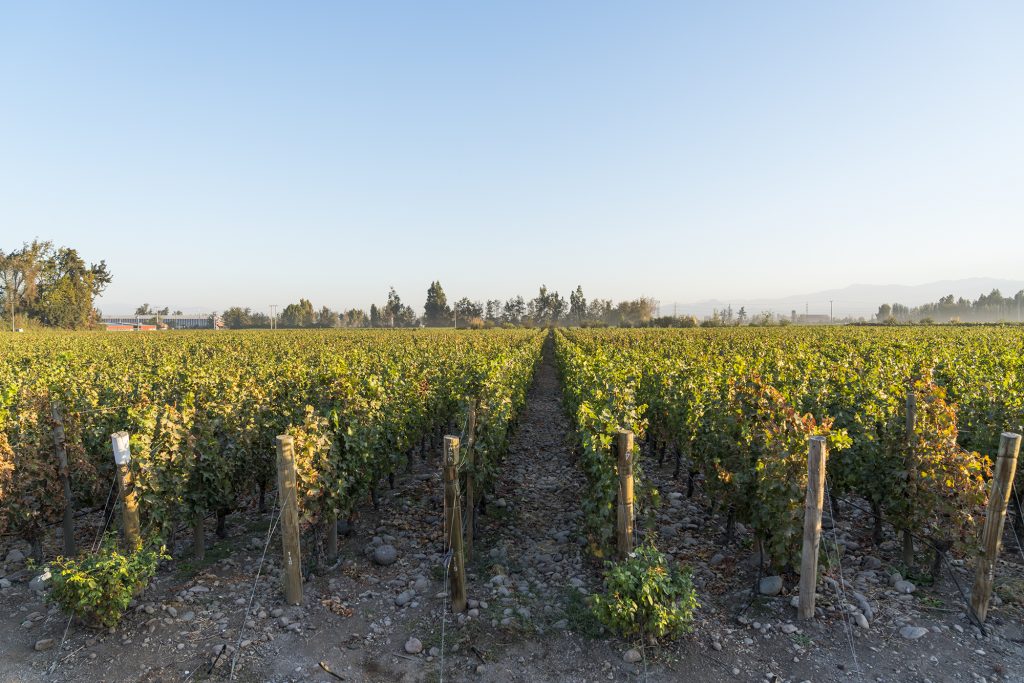
What are the key markets for Almaviva, currently?
Today, our main markets are in Asia. Our intention is to keep increasing our presence in Europe and the United States in order to diversify and balance our presence in the different markets.
How about Chilean wines more generally? Are there greater challenges in any particular markets, Asia vs Europe, for example?
In general, Chile faces a great challenge, which is to shed the reputation of producing good quality wine at low prices. This problem is not specific to a single market.
Fortunately, in Chile today there are a greater number of producers focusing on wines of quality rather than quantity.
The second wine of Almaviva, EPU, is mostly sold in Chile and Brazil. Why is this?
EPU is a produced in lower quantities, which is why we have chosen to distribute it mainly in Chile. Brazil is a very important market for us and for Chilean wines in general.
As demand for the first wine builds, do you have plans to broaden the distribution of EPU?
There has been an increasing interest in EPU in other countries; we have not ruled out the possibility of offering EPU more widely at some point.
From the perspective of a producer, what is your view on the role of Liv-ex, the fine wine market?
From the perspective of a producer, Liv-ex is a really helpful tool for the traders who represent our brand. It allows them to spot opportunities and check prices in different markets, which helps them to make faster and more informed decisions.
In addition, we value the recognition and prestige associated with being present on Liv-ex and being recognised as one of the world’s great wines.
Do you think people are buying Almaviva for speculative reasons?
I think we’re getting there, but we are still a very young winery – we just turned 20. We have come a long way but there is a long way ahead. In time, we are very confident that Almaviva will be part of the select group of wines that generates this kind of excitement.
How important are critic scores for the success of Almaviva?
Without a doubt, good scores from the critics are important and help to create brand awareness. We believe that they are a consequence of the fact that, as I mentioned previously, we focus on achieving the highest possible quality every day.
Do you have a favourite Almaviva vintage?
We always say that our latest release is our favourite because it’s the vintage we have to sell!
Personally I really like 1998, 2005, 2007, 2014 and, of course, 2015.
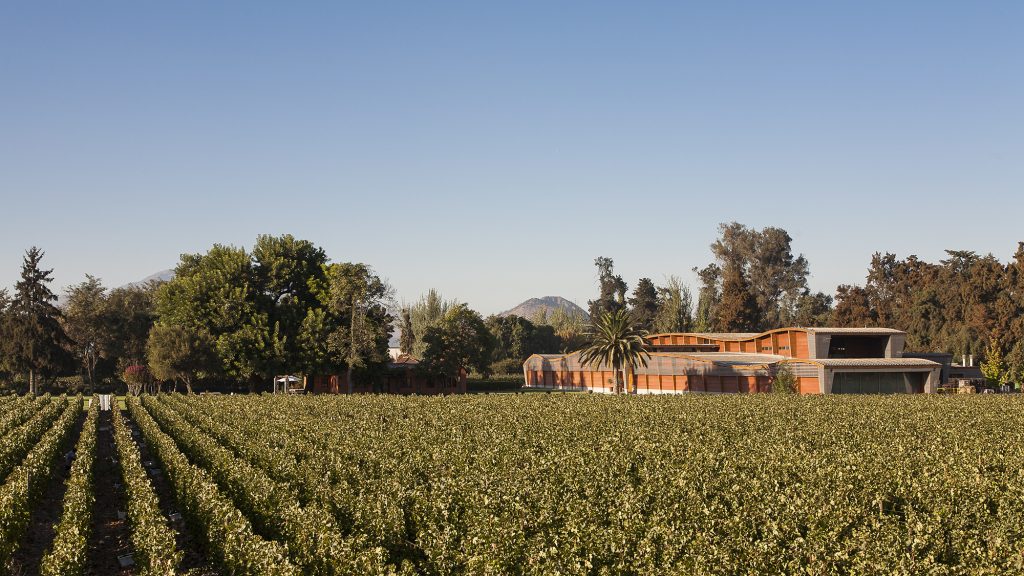
What has changed in the vineyard and the winery in the past decade?
Since 2005/2006, our technical team has been working on micro-zones within each vineyard, which were defined using maps that showed the electrical conductivity of the soil. This means that the grapes can be selectively harvested at optimum maturity. They’re then vinified in separate vats, ensuring greater precision during the blending process.
Double sorting was introduced in 2005, with vibrating tables before and after destemming. The arrival of a cutting-edge destemming machine in 2013 further improved this sensitive stage of the process. An optical sorting machine was added to the harvest reception line in 2016, optimizing the sorting process by eliminating dry berries, which are a recurrent problem in hot-weather vintages in Chile.
The combined effect of selective harvesting and more effective reception has been to enhance the quality of the tannins. This has been a particular area of focus in recent years as we aim for the tannins to be rounder, smoother and more supple.
For each vintage, meticulous attention is paid to fermentation, extraction and maceration methods, temperature control, the frequency of pumping over, the time spent in oak and the percentage of new barrels used.
What proportion of your vines are ungrafted?
The original 40-hectare vineyard was planted in 1978, ungrafted, at a density of 2,000-4,000 vines/ha. In 2001 Almaviva acquired a 35-hectare piece of land in order to increase production and secure the project’s long-term future.
In the new vineyards, 20 hectares were planted at a higher density of 8,000 plants/ha using grafted vine stock as a precaution, even though there is no phylloxera in Chile.
Now, 68 hectares of the Puente Alto vineyard are under vines, with 60 in production.
Almaviva [the first wine] is mostly made from the older vines that come from the original estate.
Almaviva is run as a joint venture between Concha y Toro and Baron Philippe de Rothschild. Where does it sit within the Concha y Toro Empire, and what has been the secret to the success of this collaboration?
Baron Philippe de Rothschild, which owns the Mouton dynasty, and Viña Concha y Toro, which combines the lineages of Guilisasty and Larrain, are two great family-owned companies. Their alliance is made to last: the success of Almaviva is largely due to the personal relationships between the owners over the last twenty years.
Almaviva plays a very important role within the Concha y Toro portfolio, demonstrating excellence to all its markets. The entire project is based on attention to detail and quality with an emphasis on the high standards of its wines and events. The visions of both partners are very much aligned with regards to where Almaviva should be and what it should aim for in the future.
Link: http://www.insights.liv-ex.com/2018/02/interview-almavivas-francisco-zilleruelo.html
